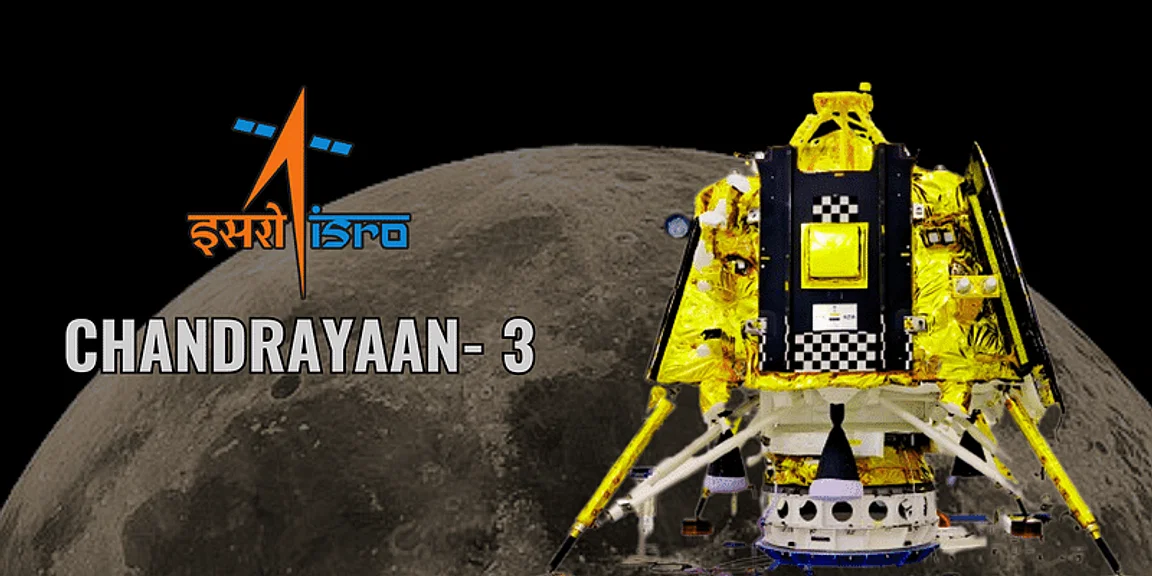Lunar missions are important for many reasons. They allow us to learn more about the Moon itself, Earth, and space. They can help us to develop new technologies and to create a sustainable presence in space. They can also help us to develop new resources. India has made significant contributions to lunar exploration through its Chandrayaan program. Chandrayaan, which translates to “moon vehicle” in Sanskrit, symbolizes India’s ascent to becoming a significant player in the realm of lunar exploration. This article celebrates the achievements of the Chandrayaan missions, their scientific contributions, and the technological advancements that have propelled India’s space program onto the global stage.
In the grand tapestry of space exploration, India has etched its own chapter with the Chandrayaan missions.
Chandrayaan-1: A Historic Debut
Launched in October 2008, Chandrayaan-1 marked India’s first interplanetary mission. Carrying a suite of scientific instruments, including the Moon Impact Probe (MIP) and the Moon Impact Mapper (M3), this mission achieved a monumental feat – the discovery of water molecules on the lunar surface. M3, an imaging spectrometer, mapped the distribution of minerals and identified water molecules in the polar regions, reshaping our understanding of the Moon’s history and evolution.
Chandrayaan-1 was India’s first mission to the Moon, and it was launched in 2008. The mission successfully orbited the Moon and made a number of important discoveries, including the presence of water ice in the lunar polar regions.
Chandrayaan-1’s legacy also includes the groundbreaking discovery of large lava tubes, and vast underground caverns that could one day shelter future lunar explorers from the harsh environment.
Chandrayaan-2: A Multifaceted Triumph
Building upon the success of its predecessor, Chandrayaan-2, launched in July 2019, aimed to explore the Moon in even greater detail. Comprising an orbiter, a lander named Vikram, and a rover named Pragyan, this mission showcased India’s technological prowess and determination to explore uncharted lunar terrains. The mission successfully orbited the Moon and landed a rover, Pragyan, on the lunar surface. However, the lander, Vikram, lost contact with ground control during the landing process and was not able to successfully land.
Although the Vikram lander encountered challenges during its descent, the Chandrayaan-2 orbiter continued to thrive and excel. Equipped with a suite of scientific instruments, the orbiter has been mapping the Moon’s surface, studying the exosphere, and providing new insights into the distribution of elements such as magnesium, silicon, and calcium on the lunar surface.
Chandrayaan-2 was India’s second mission to the Moon, and it was launched in 2019. India’s commitment to lunar exploration is evident in its plans for Chandrayaan-3, a mission that made soft landing of a rover on the Moon’s south pole successful.
Despite the setback with Vikram, Chandrayaan-2 was a major achievement for India. The mission demonstrated India’s capabilities in lunar exploration and paved the way for future missions to the Moon. Here are some of the specific achievements of ISRO through Chandrayaan:
- The discovery of water ice in the lunar polar regions: This discovery is significant because it suggests that the Moon may have a habitable environment. Water ice could be used as a resource for future missions to the Moon, and it could also provide clues about the Moon’s early history.
- The development of new technologies: Chandrayaan has helped India to develop new technologies in areas such as propulsion, navigation, and life support. These technologies can be used for future missions to the Moon, as well as for applications on Earth.
- The inspiration of young people: Chandrayaan has inspired young people in India and around the world to pursue careers in science and engineering. This is a valuable legacy that will benefit India and the world for many years to come.
Recent Achievement of Chandrayaan-3
On August 23, 2023, India’s Chandrayaan-3 mission successfully landed on the Moon’s south pole. This is a major achievement for India, and it is the first time that any country has successfully landed on the Moon’s south pole. The Chandrayaan-3 mission is equipped with a number of scientific instruments that will be used to study the Moon’s surface and subsurface. The mission will also deploy a rover to explore the lunar surface.
The successful landing of Chandrayaan-3 is a major milestone in India’s space program, and it is a testament to the hard work and dedication of the scientists and engineers at ISRO. The mission will help us to learn more about the Moon and its potential resources, and it will pave the way for future missions to the Moon.
ISRO is playing a leading role in lunar exploration, and its achievements through Chandrayaan are a testament to India’s growing capabilities in space. ISRO is sure to continue to make significant contributions to lunar exploration in the years to come.
Technological Ingenuity: The Indian Space Odyssey
The Chandrayaan missions have demonstrated India’s capability to design, build, and operate complex spacecraft for interplanetary missions. The development of indigenous technologies, from propulsion systems to lunar instruments, has not only reduced dependence on foreign components but has also positioned India as a global player in space technology. The miniaturization of instruments, which was crucial for Chandrayaan’s success, has inspired a new generation of scientists and engineers in India, fostering innovation and pushing the boundaries of what can be achieved within limited resources.
Inspiring Future Explorers: Education and Outreach
The Chandrayaan missions have ignited a passion for science and exploration across India and beyond. These missions have served as educational tools, captivating the imaginations of students and sparking interest in STEM (science, technology, engineering, and mathematics) fields. The success of Chandrayaan has demonstrated that dreams of space exploration can become tangible realities, encouraging young minds to pursue careers in space science and technology.


